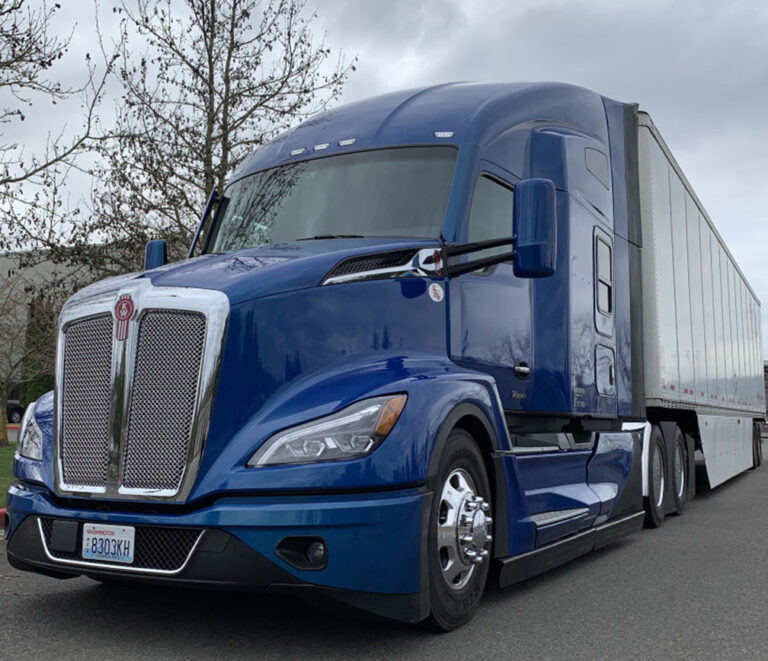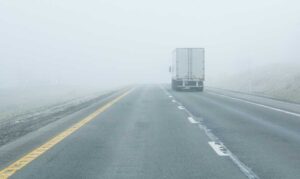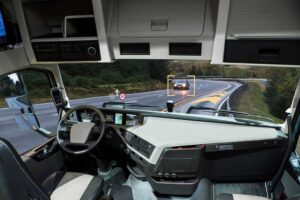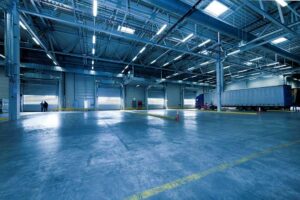KIRKLAND, Wash. — Kenworth is enlisting the aid of computer science students at Seattle University to predict the effect of various options and specs on a tractor’s overall weight.
“We often have large customers that have regional preferences for truck specs,” said Reid Nabarrete, assistant chief engineer for Kenworth.
“They might run in a mountainous area, so they’ll spec a bigger engine and different transmission, maybe even a different sleeper. Then, another terminal might run the Midwest, where they don’t need as much horsepower and require different specs,” he explained. “We know the main weight difference between major components, but when spec’d, they have a cascading impact on all the subcomponents. That’s when the challenge begins in calculating weight.”
For Nabarrete and the Kenworth engineering team, calculating those weights typically means hours of work, with the results being accurate to within plus or minus 2%. The idea of using artificial intelligence (AI) to do these calculations could both speed the process and provide greater accuracy.
That’s where the students enter the equation.
For more than 30 years, Kenworth has worked with Seattle University on real-world Captstone projects. Through the Capstone program, senior-year mechanical and electrical engineering students from the school’s computer science department work with local companies to put their academic knowledge to work on tangible projects that could one day be commercially produced.
In the past, Kenworth has partnered with students to streamline the weight-optimization process. In this latest endeavor, four students built on the work of other Seattle University students who tackled the issue in previous years.
“The current team learned from the past, and during their school year were able to develop code, as well as AI learning code, to figure out weight from the thousands of trucks Kenworth built every year. With so many options that Kenworth offers to customers, there was a lot of data to process,” Nabarrete said, adding that ultimately, the students came back with “incredibly accurate” predictive modeling.
“When we audited their predictions, we found they were within 1% of our manual calculations — and those were consistent calculations,” he said. “So, a customer with a ‘standard’ truck weighing in at 16,000 pounds, for example, could give us a list of spec changes, and the students could come within 160 pounds of the actual true build weight — and they could do it in minutes, not hours.
While this year’s team of university students have now graduated, their work continues to move forward at Kenworth.
“We plan to take what they’ve produced and refine it further,” Nabarrete said. “I fully expect we will be using AI in weight calculations with our customers or a regular basis in the very near future.”
While those students were working on weight calculations, another group comprised of mechanical engineers, under the leadership of Kenworth engineer Stan DeLizo, were looking ahead to the future and exploring how to predict and compensate for handling while driving — something that could be used for driver assist automation, and eventually in autonomous vehicles. This project’s goal was to emulate how a professional driver handles turns.
“This project was especially challenging since the four students couldn’t collaborate in person; they had to interact via Zoom meetings,” DeLizo said. “We had a unique challenge for them, and they came through with a scale model prototype that could easily be translated into a full-scale Kenworth … and that’s where we will go next with their findings.”
According to DeLizo, who has worked with Seattle University students on projects for a decade, the enthusiasm and ability of “young minds” to look at ideas without “tunnel vision” is always inspiring.
“Humans see, anticipate and have an understanding of road conditions. If the road is slippery, or if there is gravel or something on the road ahead, they’ll make adjustments when cornering,” he said. “We’re trying to do that same thing through optical sensors surrounding the vehicle and trailer. Those sensors use image recognition and edge detection to inform the system of the truck’s actual location on the turn-path. Then, through mathematical modeling, which uses the vehicle’s known attributes, we’re able to predict the minimum radius turn path in each direction.”
The project is designed to allow a Kenworth truck to automatically — and with a minimum turning radius — navigate a corner, or turn, safely.
Upon completion of a 1/10th scale model, equipped with sensors and cameras, the students provided an actual demonstration for Kenworth engineers.
“To say we were very satisfied with their results and efforts would be an understatement,” said DeLizo. “What these students came up with is almost ready for bolting onto a full-size truck.”
The Trucker News Staff produces engaging content for not only TheTrucker.com, but also The Trucker Newspaper, which has been serving the trucking industry for more than 30 years. With a focus on drivers, the Trucker News Staff aims to provide relevant, objective content pertaining to the trucking segment of the transportation industry. The Trucker News Staff is based in Little Rock, Arkansas.








